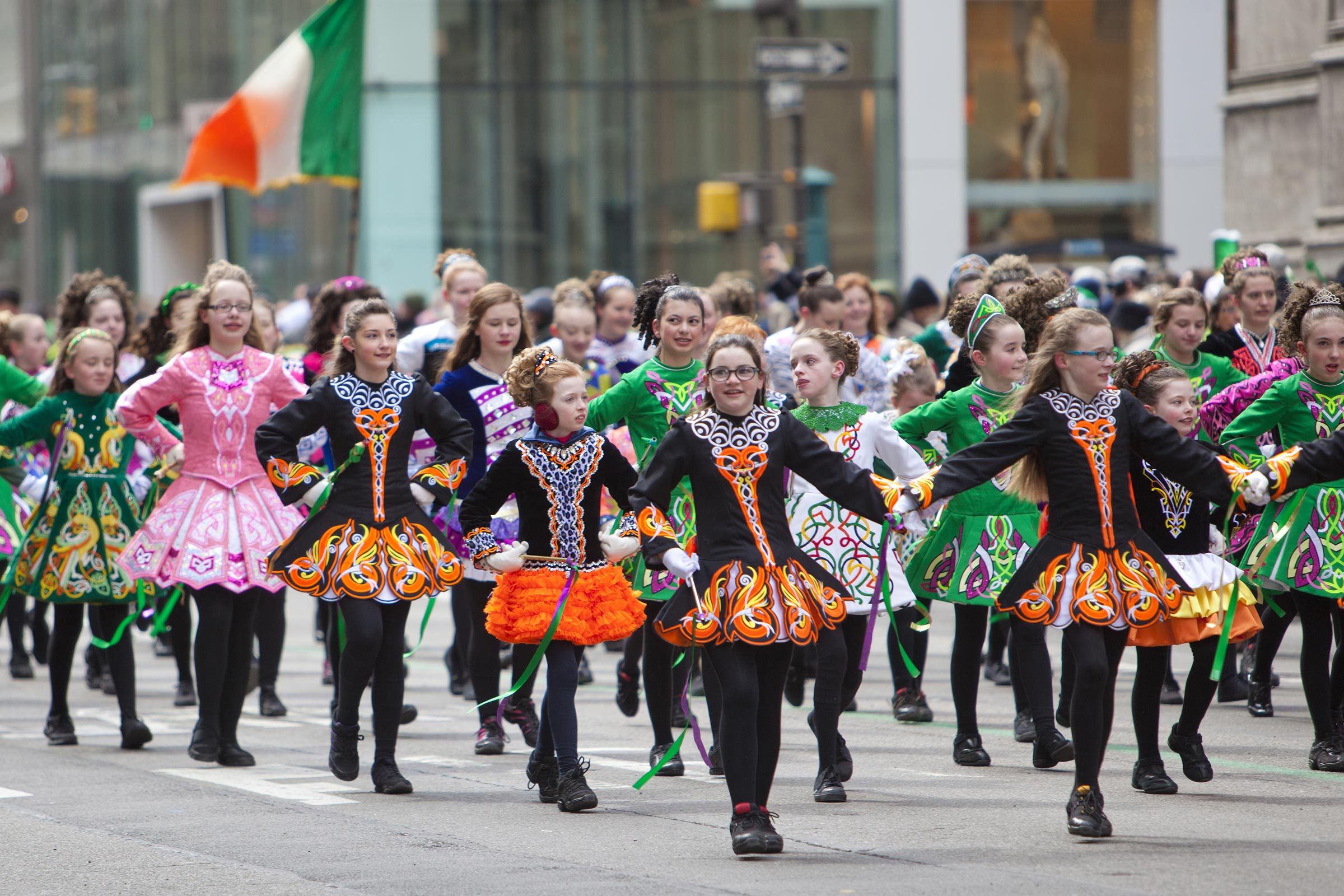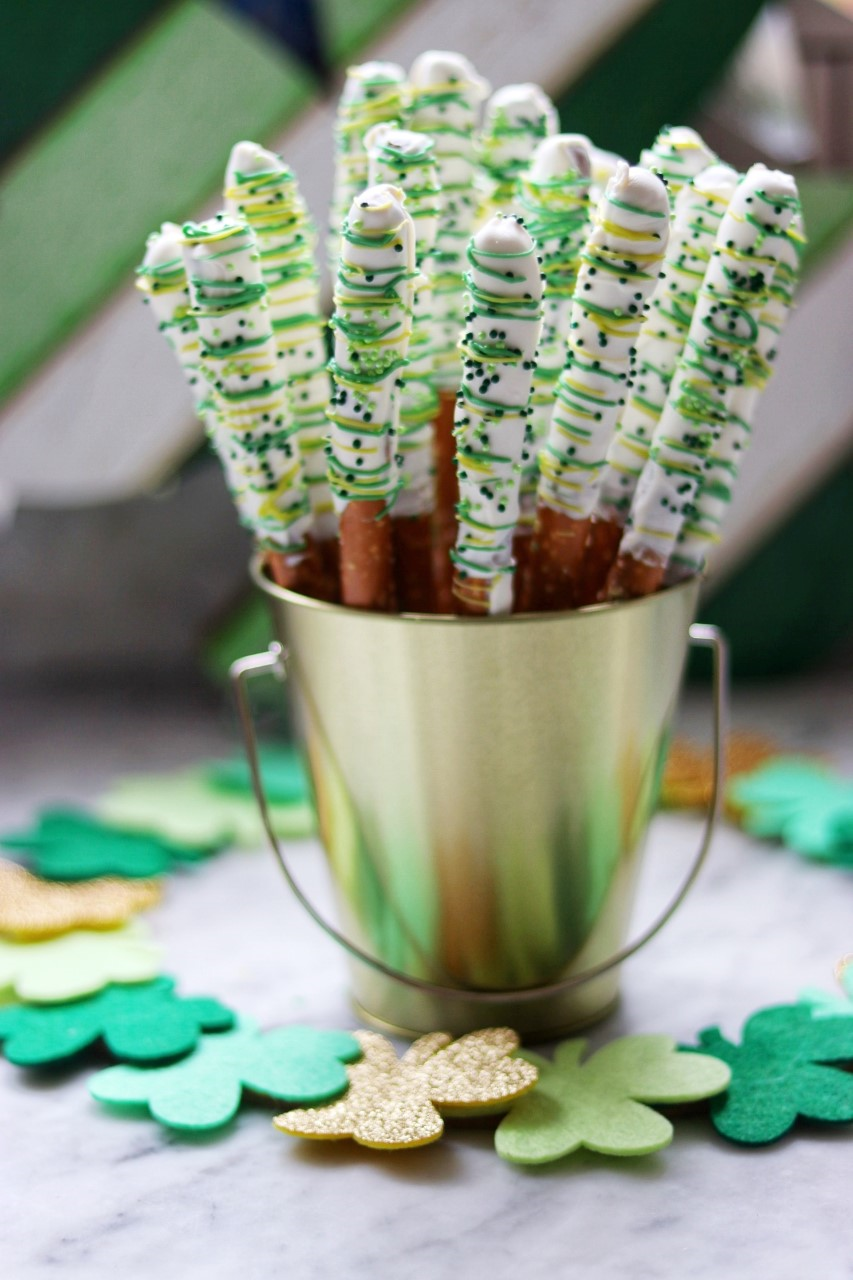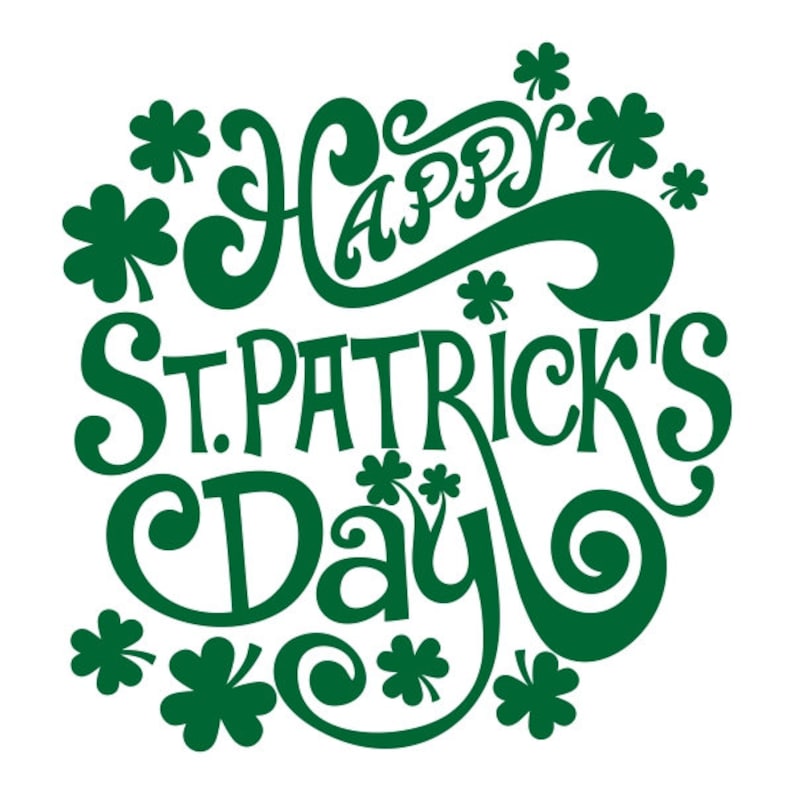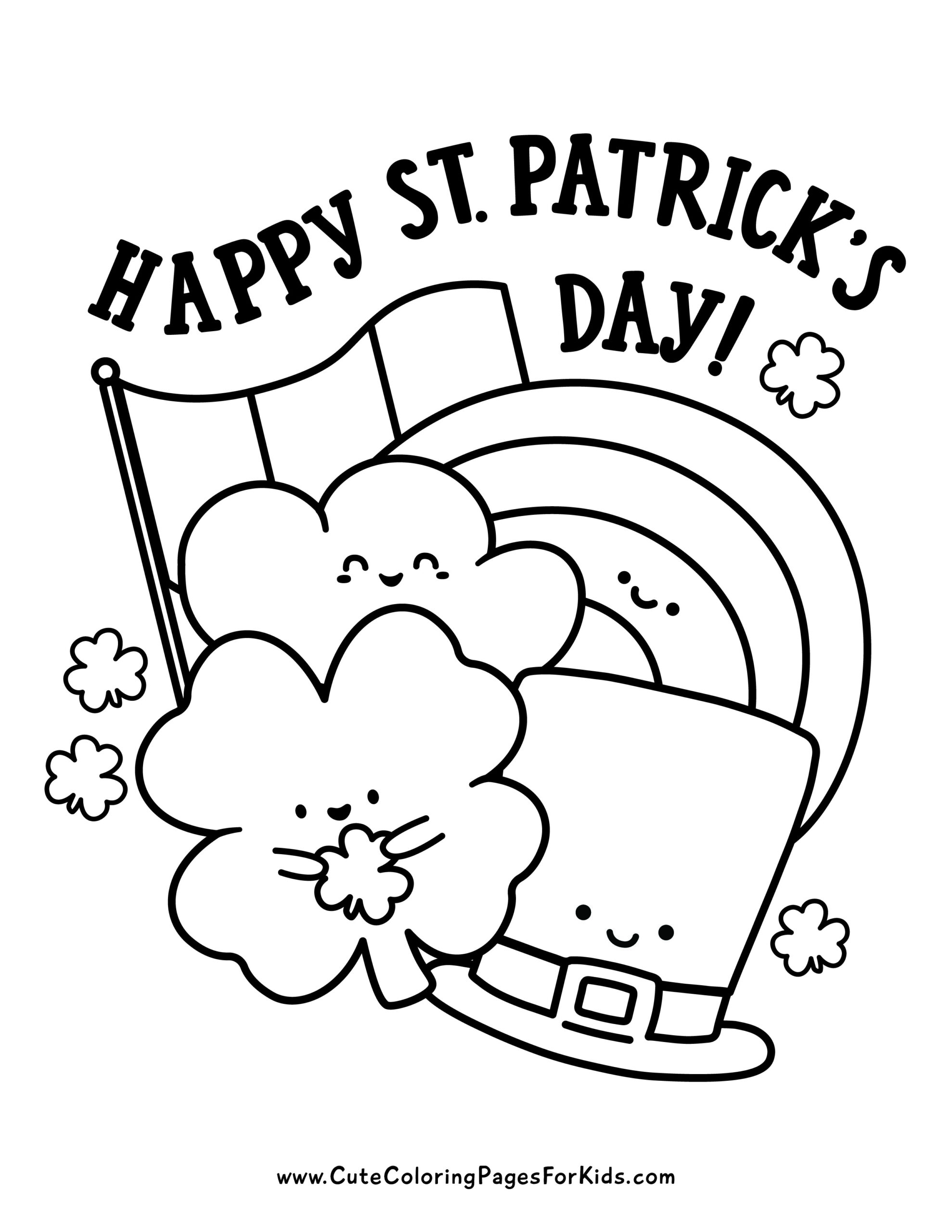Gallery
Photos from events, contest for the best costume, videos from master classes.
 |  |
 |  |
 |  |
 |  |
 |  |
 |  |
St. Patrick’s Day: History, Traditions & Fun Facts St. Patrick’s Day is one of the most widely celebrated cultural and religious holidays around the world. What started as a solemn feast day in honor of Ireland’s patron saint has transformed into a global festival filled with parades, music, dancing, and a whole lot of green. To save you scrolling, you’ll find some speedy need-to-knows about the first color associated with St. Patrick’s Day below: 1. Yep, it all began with blue, not green. Although people wear green on St. Patrick’s Day, early depictions of St. Patrick show him clothed in fine blue robes. In fact, in Saul Church, which is on the site where St St. Patrick’s Day usually conjures images of partying, Catholicism, Irish nationalism and, perhaps most famously, the color green: green clothes, green shamrocks, green beer and green rivers. The Evolution of St. Patrick’s Day Colours: A Journey from Blue to Green. St. Patrick’s Day, celebrated annually on March 17th, is a cultural and religious holiday that honours the patron saint of Ireland, St. Patrick. It’s a day filled with parades, wearing of green attire, public feasting and merriment. St. Patrick’s Day usually conjures images of partying, Catholicism, Irish nationalism and, perhaps most famously, the color green: green clothes, green shamrocks, green beer and green rivers. So grab your favorite coloring tools and get ready to celebrate St. Patrick’s Day in style! 6. Decorative art for St Patricks Day. St. Patrick’s Day is a fun holiday to celebrate with friends and family! It’s a great opportunity to get creative with decorations and add a touch of Irish charm to your home. The colors of St. Patrick’s Day have also become an integral part of popular culture, from fashion to advertising. In the United States, for example, St. Patrick’s Day is often associated with green beer, green attire, and green decorations. However, the colors associated with St. Patrick’s Day are not just limited to green. In 1934, Irish politician W.T. Cosgrave asserted that blue is “in perfect, traditional, Yet green remains the color associated with St. Patrick’s Day and Ireland throughout the world The Colors of St. Patrick’s Day: A Symbolic Representation. St. Patrick’s Day is often associated with three primary colors: green, orange, and white. These colors hold significant meaning and are deeply rooted in Irish history and tradition. Green: The Color of Ireland. Green is the most prominent color associated with St. Patrick’s Day The Flag’s Role in St. Patrickʹs Day Celebrations: During St. Patrick’s Day, the Irish flag is prominently displayed, symbolizing national pride and the unity of diverse communities coming together in celebration. St. Patrick Himself: Patron Saint and Cultural Hero. Historical Background: Green: The Color of Ireland. No discussion of St. Patrick’s Day attire would be complete without mentioning the color green. Often referred to as “the Emerald Isle,” Ireland is synonymous with lush landscapes and verdant hues. Wearing green on St. Patrick’s Day is believed to bring good fortune and protect against mischievous leprechauns! The Irish government didn’t recognize St. Patrick’s Day as a public holiday until 1903, and the first parade in Dublin wasn’t held until 1931. Even pubs remained closed on March 17 until 1961. The original color associated with St. Patrick’s Day was blue, specifically a shade known as St. Patrick’s Blue. 2. Why do we wear green now on St. Patrick’s Day instead of blue? Green became the popular color for St. Patrick’s Day because it is linked to Ireland’s lush landscapes and the Irish national color; it also appears on Irish Beyond the Colors: The Spirit of St. Patrick’s Day. While the colors of St. Patrick’s Day hold deep historical and cultural significance, it’s important to remember that the true essence of the holiday lies in its spirit of celebration, community, and cultural pride. In 1934, Irish politician W.T. Cosgrave asserted that blue is “in perfect, traditional, Yet green remains the color associated with St. Patrick’s Day and Ireland throughout the world Use them for festive St. Patrick’s Day photos with family and friends! 10. DIY St. Patrick’s Day Greeting Cards. Use coloring pages or hand-drawn designs to create homemade greeting cards! Fold a piece of cardstock, glue a cut-out shamrock, leprechaun, or rainbow to the front, and write a special message inside. While green is the color most frequently associated with the holiday the other St. Patrick’s colors still have special meanings. As St. Patrick’s Day is a celebration of both Saint Patrick and Ireland, some of the St. Patrick’s Day colors tie directly to the patron saint, while others are more representative of Ireland itself. What was St. Patrick’s original color? Patrick was first represented by the color blue. This 13th-century image of St. Patrick depicts Ireland's patron saint in a blue robe. Connecting Generations Through Coloring. These St. Patrick’s Day coloring pages offer a wonderful opportunity for intergenerational bonding. Grandparents, parents, and children can come together to color, sharing stories and traditions associated with St. Patrick’s Day and Irish heritage. St. Patrick’s Day usually conjures images of partying, Catholicism, Irish nationalism and, perhaps most famously, the color green: green clothes, green shamrocks, green beer and green rivers. So
Articles and news, personal stories, interviews with experts.
Photos from events, contest for the best costume, videos from master classes.
 |  |
 |  |
 |  |
 |  |
 |  |
 |  |